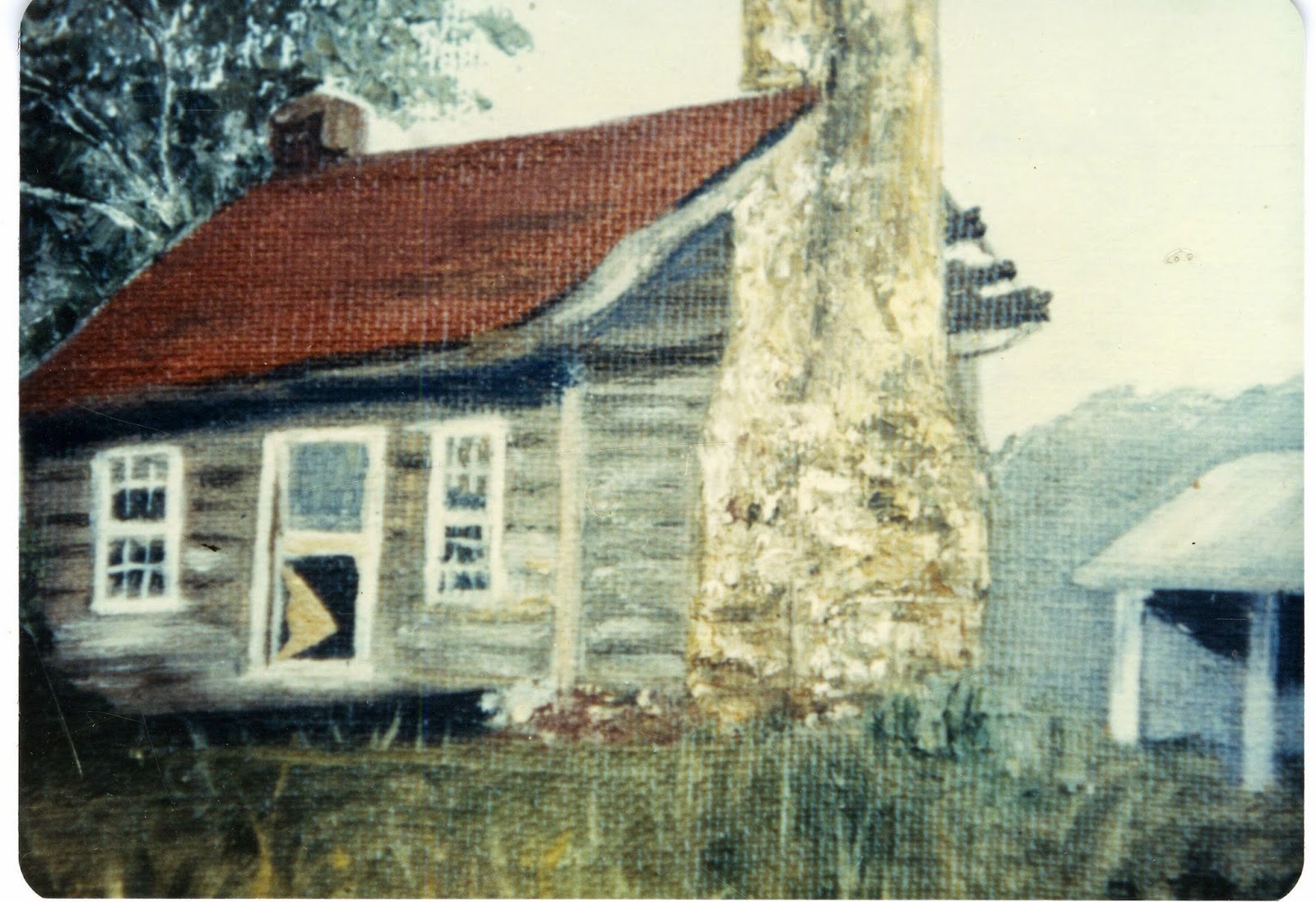On August 1,
1783 both James Davidson and Benjamin Davidson applied to the State of North
Carolina for land along the French Broad River.
The process completing these sales was not finalized until November 16,
1790. They were the first settlers to
own land in what would become Transylvania County.
Benjamin
Davidson’s property included a smaller river that flowed into the French
Broad. It was here that he built his
home about 1794. The smaller river
became known as Ben Davidson’s Creek and later Davidson River.
Another
early settler was Lambert Clayton.
Clayton was a leader in the early local government and assigned to build
a wagon road along the Cherokee’s Eastatoe Path from the Swannanoa River to the
Davidson River and on westward.
Benjamin
Allison came to the area in 1813. He
built a large wood frame home within sight of both the Davidson River and the
road, known as the Boyleston Road.
The
Boyleston Road from Asheville and Crab Creek Road from Flat Rock brought enough
settlers to the area to create a need for a church and school. Ben Davidson gave land to build a meeting
house. This facility served various
denominations on Sundays and as a private school, Davidson River Academy,
during the week. In 1828 it officially
became the Davidson River Presbyterian Church.
 |
| Cagle's Linsey-Woolsey Mill on the Davidson River |
In addition
to these pioneers the Davidson River has also been home to numerous business. Leonard Cagle operated a grist mill near
Sycamore Flats on the river. His son,
Henry, manufactured linsey-woolsey fabric at a mill just downstream.
Further
upstream Charles Moore, James Patton and Thomas
Miller contracted with George Shuford to build a forge and the Davidson River
Iron Works mill. Iron ore was hauled from Boylston Creek to make iron
bars. The bars were sent to Asheville to be made into goods. During the Civil
War it was operated by the Confederacy.
In the early 1900s Brevard Tannin was located on the French Broad River
near the mouth of the Davidson River.
From 1912-1957 Carr Lumber Company’s saw mill and lumber yard were
located along the river. The Ecusta
Paper Mill operated on the river’s banks from 1939-2002.
 |
| Davidson River Valley, 1930s. Right: Gash Home on Vanderbilt (Ecusta) Rd. Carr Lumber in the distance. |
Today local businesses like Sycamore Cycles, Hub, Davidson River
Outfitters and Dolly’s Dairy Bar make their home at the crossroads leading into
Brevard and the Pisgah National Forest.
Upcoming Picturing the Past columns will feature
the house built by Benjamin Allison, which has stood watch over the Davidson
River area for 200 years.
Visit the Transylvania
Heritage Museum on West Main St. through mid-May to learn more about the
Davidson River area history.
Photographs and information for this column are provided
by the Rowell Bosse North Carolina Room, Transylvania County Library.
Visit the NC Room during regular library hours (Monday-Friday) to learn more
about our history and see additional photographs. For more information,
comments or suggestions contact Marcy
at marcy.thompson@transylvaniacounty.org or 828-884-3151 X242.








